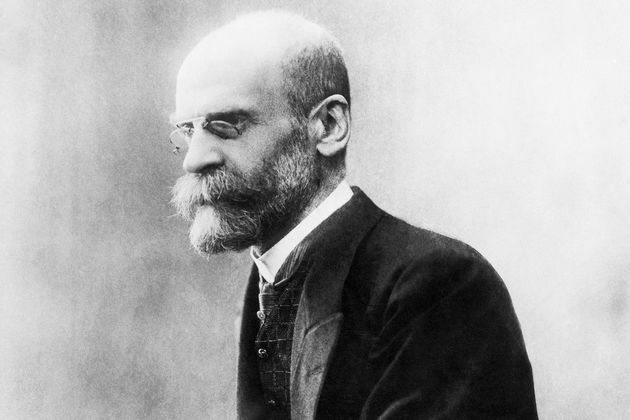it is understood by Social Division of Labor the attributions (individual or collective) productive in the socioeconomic structures.
From this perspective, each subject has a role in the social structure, from which their status in society emanates.
Summary of Features
An essential feature of the social division of labor is its ability to increase productivity. This is because specialization increases production efficiency and allows for the sale of products with higher quality and lower prices.
However, as producers work in specific activities, the social division of labor began to distinguish mental (intellectual) from material (physical) work. this all led to the emergence of a social elite.
This, in turn, is embedded in the ideology of technical-scientific competence to legitimize that social division of labor.
We must keep in mind that the “division of work” refers to the way human beings organize themselves to distribute everyday tasks.
From this division, others derive, such as the sexual division of labor, the capitalist division of labor, the international division of labor and, for what interests us here, the social division of labor.
In an early stage of human societies, the division of labor was defined by sexual and age-group criteria.
However, the increase in agriculture has led to even more significant social divisions at work. This deepened those sexual criteria and also differentiated the agricultural worker from that dedicated exclusively to raising animals. Here is the genesis of private property.
As agricultural and pastoral activities prevent these workers from dedicating themselves to the production of instruments necessary for their survival, artisans emerge.
These exchange their manufactured products for foodstuffs. And, from these exchanges, another social division of labor emerges, namely, mercantile activity.
It is worth mentioning here that the development of commerce has deepened the distinction between rural and urban workers, where the commercial, administrative and craft sectors stood out.
Finally, under the aegis of the Capitalism, the productive specialization gains an increasing complexity, until reaching the parameters of the international division of labor. In it, the worker is a specialist and a small part of the production process.
Émile Durkheim and the Social Division of Labor
For Durkheim (1858-1917), the principles of the division of labor are more moral than economic. These are the factors that unite individuals in a society, as they generate a feeling of solidarity among those who perform the same functions.
Another important factor is that this thinker analyzed society as a metaphor for the human body. In this idea, the social division of labor would be responsible for maintaining the harmony of this system of organs that make up the organism.
Furthermore, Émile stated that the larger and more complex a society, the greater will be the social division of labor present in it. For him, population growth is responsible for the division of labor.
Karl Marx and the Social Division of Labor
For Karl Marx (1818-1883), the division of labor into productive specialties generates a social hierarchy in which classes dominant (bourgeoisie) subjugate the dominated classes, by establishing the legitimizing institutions and by detaining the means of production. This domination is tense and generates a conflict called "class struggle".
Furthermore, for him, the specialization of productive activities in complex societies generated a division of social labor as a vital form of survival. And so, by overcoming its basic needs, humanity creates others.
Max Weber and the Social Division of Labor
Max Weber (1864-1920) argued that society, even being composed of parts, can be affected by individual actions.
Furthermore, he noticed a distinct difference between the social division of labor between Catholics and Protestants.
Protestants were austere and valued work, in addition to having a religious doctrine more aligned with Capitalism. This culminated in the trend towards entrepreneurship, typical in Protestant societies.
Another key factor in Weber is his view of bureaucracy as a rational way of dividing labor. In it, the positions occupied by a bureaucrat with specific functions and attributions are subordinated to another higher position, where social distinction is given at work.
Furthermore, the bureaucracy notoriously assists the ruling class by establishing the division of labor between the dominant and the dominated.
read more:
- Mechanical and Organic Solidarity
- anomie
- Labor Day
- Labor market
- DIT: International Division of Labor
- ILO - International Labor Organization
- Dialectics: the art of dialogue and complexity
- Sociology in Enem: what to study
- What is the Alienation of Labor for Marx?


